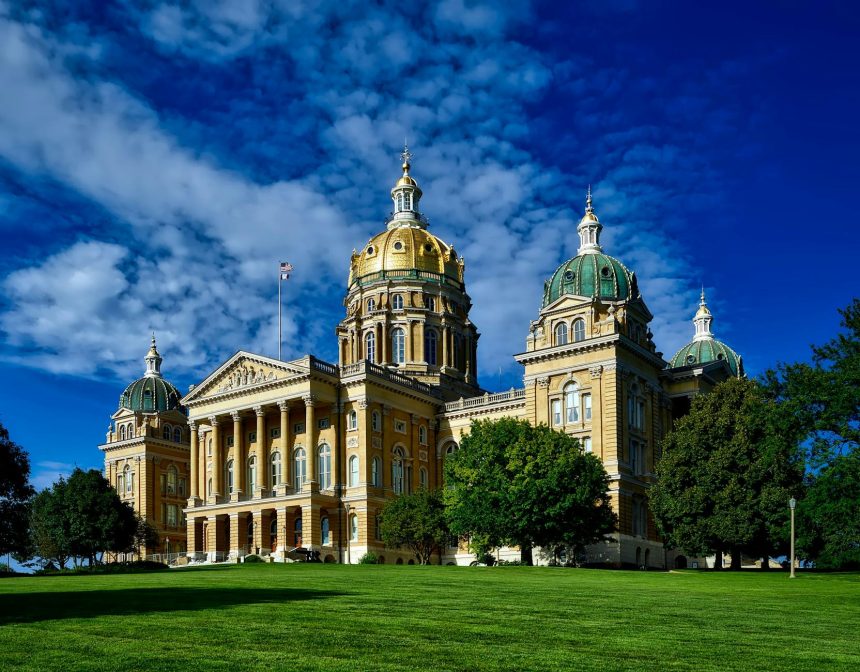government-shutdown
Government Shutdown: 5 Ways Political Gridlock Harms Us All
Unpack the complex politics behind a government shutdown. Discover its far-reaching economic impacts, effects on federal workers, and how budget impasses are resolved.
Political stalemates are a frustrating reality in modern governance, often leading to significant disruptions that ripple across society. Among these, the government shutdown stands as a stark example of legislative gridlock causing tangible harm. When Congress fails to pass appropriation bills or a continuing resolution to fund federal operations, vast swaths of the government cease to function, impacting everything from national parks to scientific research. This isn’t merely a bureaucratic hiccup; it’s a profound political failure with real-world consequences for millions of Americans and the nation’s standing.
What is a Government Shutdown?
At its core, a government shutdown occurs when there’s a lapse in federal funding. Without the legal authority to spend money, non-essential government agencies must cease operations, furloughing hundreds of thousands of federal employees. Essential services, however, typically continue, though often with reduced staff and significant strain.
Defining the Phenomenon
The U.S. Constitution grants Congress the “power of the purse,” meaning all federal spending must be authorized by law. Each year, Congress is supposed to pass 12 individual appropriation bills to fund various government agencies. If these bills aren’t enacted by the start of the fiscal year (October 1st), or if a temporary continuing resolution isn’t passed, a funding gap emerges, triggering a shutdown.
Historical Context
While often seen as a modern phenomenon, funding lapses have occurred periodically throughout U.S. history. Early shutdowns were often brief and less impactful due to different interpretations of funding laws. However, since the 1980s, they have become more deliberate political tools, often stemming from deep partisan disagreements over budget priorities or policy riders.
The Political Roots of a Government Shutdown
Understanding why a government shutdown happens requires delving into the intricate world of Washington politics. It’s rarely about a simple oversight but rather a calculated, albeit risky, political maneuver.
Budget Disagreements and Appropriations
The primary catalyst for a shutdown is a failure to agree on the federal budget. This can involve disputes over spending levels for specific programs, the overall size of government, or even the national debt. Lawmakers often use the appropriations process as leverage to push for their policy agendas, leading to stalemates.
Partisan Gridlock and Leverage
In an increasingly polarized political landscape, partisan gridlock is a significant contributor. One party might control Congress while the other holds the White House, or different factions within the same party might clash. A shutdown becomes a high-stakes negotiation tactic, with each side hoping the other will concede under public pressure.
Key Players and Their Motivations
Numerous actors play a role: the President, congressional leaders, individual members of Congress, and even special interest groups. Each has motivations, whether it’s adhering to campaign promises, protecting constituents’ interests, or advancing a specific ideological agenda. These competing interests often make compromise difficult, escalating the risk of a funding lapse.
Impacts Beyond the Headlines
A government shutdown isn’t just a political talking point; it has profound, tangible consequences that extend far beyond the halls of Congress. These impacts affect individuals, the economy, and the nation’s standing.
Economic Consequences
The economic fallout from a shutdown can be substantial. Here are some key areas affected:
- **Reduced GDP Growth:** Furloughed federal workers aren’t spending, and government contracts may be delayed, slowing economic activity.
- **Market Uncertainty:** Businesses and investors dislike uncertainty, which can lead to volatility in financial markets.
- **Delayed Services:** From small business loans to housing assistance, critical services that support economic activity can grind to a halt.
For further reading on the economic effects, the Congressional Budget Office (CBO) often publishes detailed analyses.
Effects on Federal Workers and Services
Federal employees bear a direct and immediate burden. Many are furloughed without pay, facing financial hardship. Those deemed “essential” must work without immediate compensation. This not only impacts individual families but also damages morale and the government’s ability to retain talent.
Public services also suffer. National parks may close, scientific research pauses, and even some regulatory functions can be suspended. This can have long-term implications for public safety, environmental protection, and scientific advancement.
Public Perception and Trust
Repeated shutdowns erode public trust in government’s ability to function. It fosters a perception of incompetence and dysfunction, making citizens question the efficacy of their elected representatives. This erosion of trust can have broader implications for civic engagement and national unity.
Navigating the Aftermath: Resolving a Shutdown
Once a government shutdown is in effect, the pressure mounts on all parties to find a resolution. The path back to full operations typically involves intense negotiations and legislative action.
Negotiation Strategies
Resolving a shutdown almost always involves a return to the negotiating table. Leaders from both chambers of Congress and the White House engage in discussions, often behind closed doors, to find common ground. This can involve concessions on policy riders, adjustments to spending levels, or agreements on future legislative priorities.
Legislative Mechanisms
The most common legislative mechanism to end a shutdown is passing a new appropriation bill or a continuing resolution. These bills provide the necessary funding authority. Sometimes, a “clean” continuing resolution, which simply funds the government at existing levels without new policy provisions, is used as a temporary measure to reopen agencies while long-term solutions are debated.
Preventing Future Shutdowns
Preventing future funding lapses is a constant challenge. Some proposals include biennial budgeting, which would fund the government for two years instead of one, reducing the frequency of appropriations battles. Others suggest automatic continuing resolutions to avoid a lapse in funding if a budget isn’t passed on time. The goal is to create mechanisms that encourage compromise and minimize the use of shutdowns as a political weapon. You can explore more about legislative processes at the official Congress.gov website.
A government shutdown is far more than a headline; it’s a complex political maneuver with profound societal costs. From economic instability and federal worker hardship to eroded public trust, the impacts are significant. Understanding the political dynamics that lead to these funding lapses is crucial for appreciating the challenges of governance and the importance of effective leadership.
What are your thoughts on the political dynamics that lead to a government shutdown? Share your perspective in the comments below.
A government shutdown occurs when political gridlock prevents the passage of federal funding bills. This article explores the causes, far-reaching economic impacts, and effects on federal workers, alongside the complex political strategies involved in resolving these challenging budget impasses.
political gridlock government shutdown





